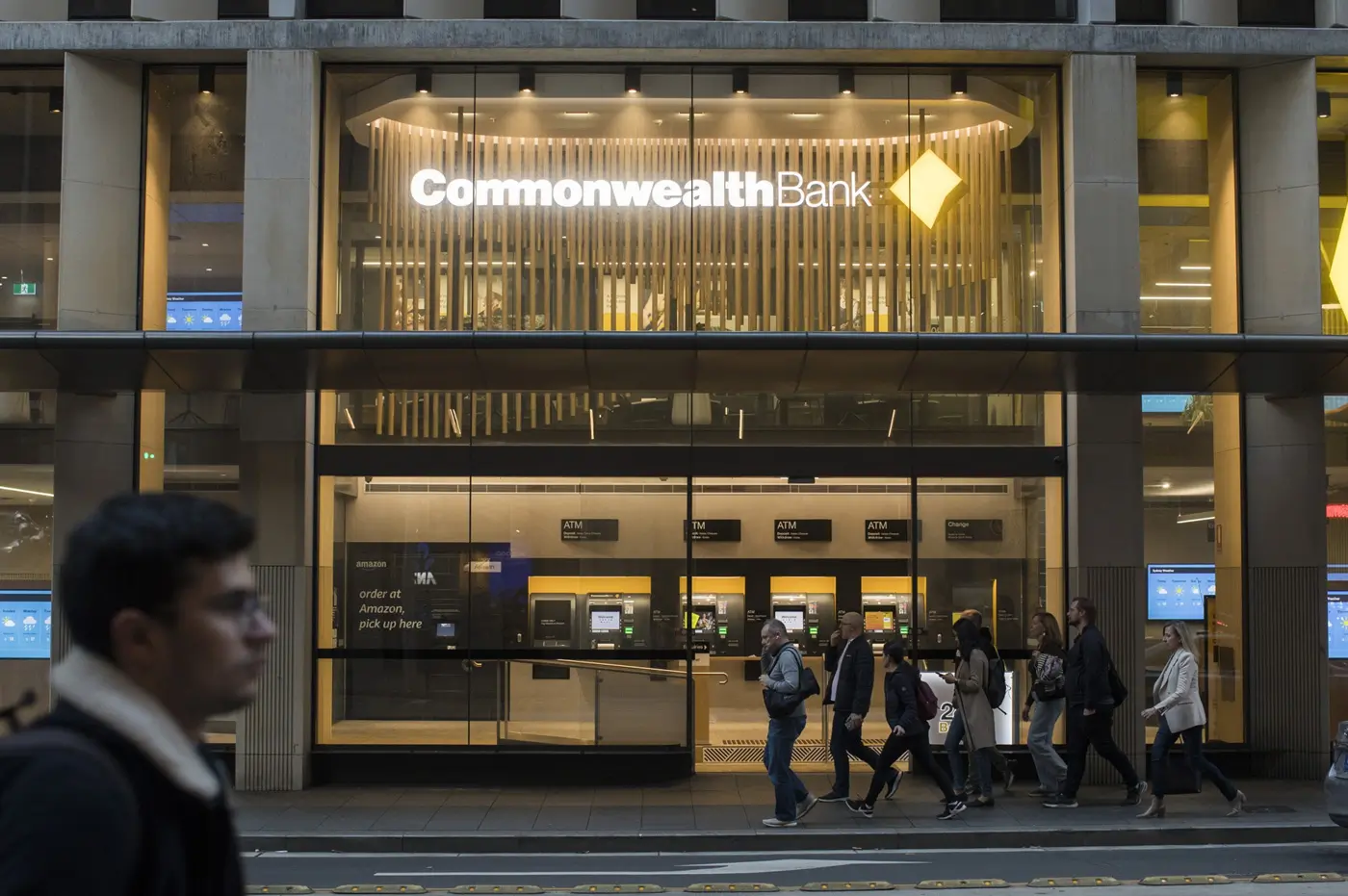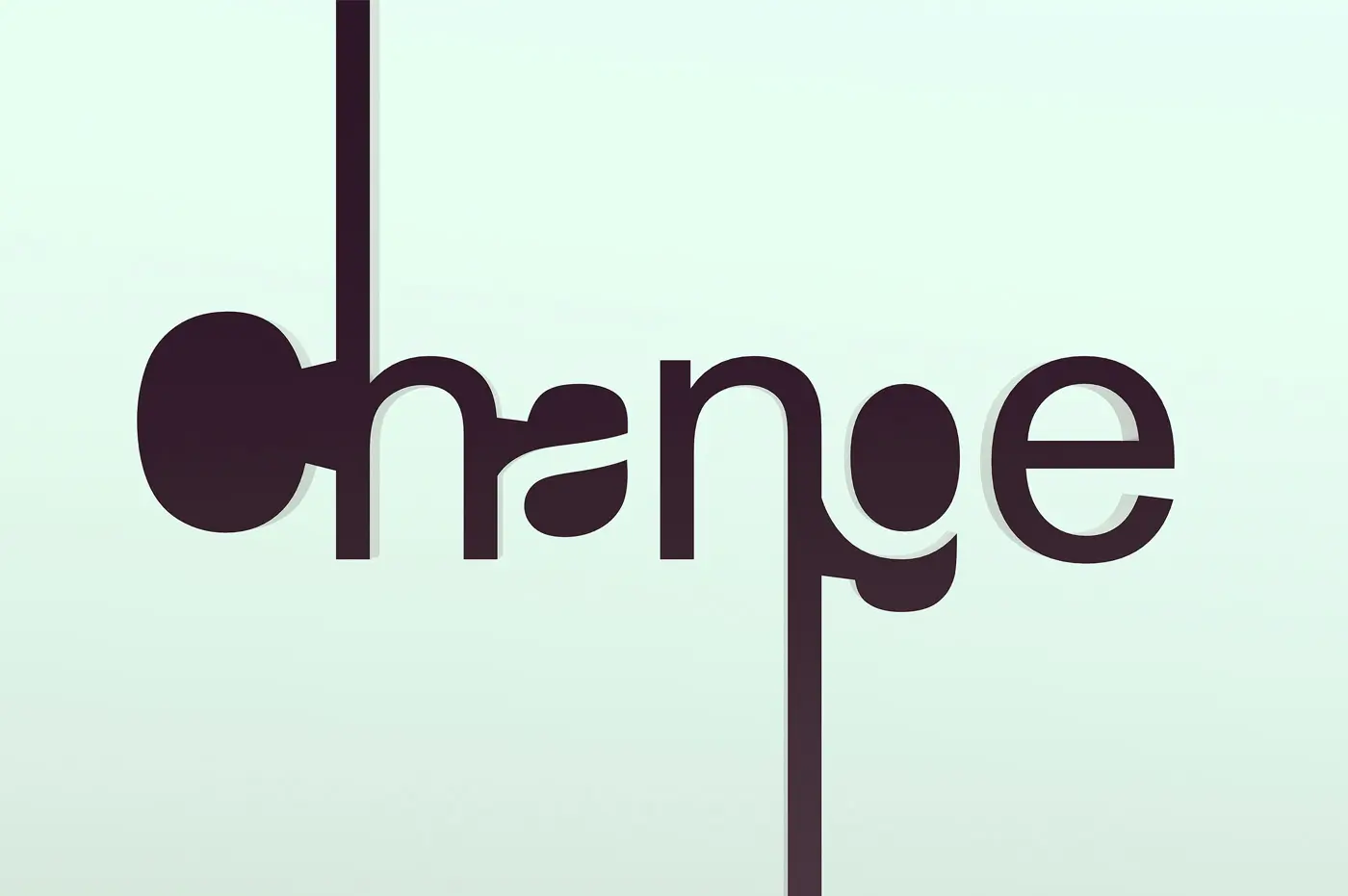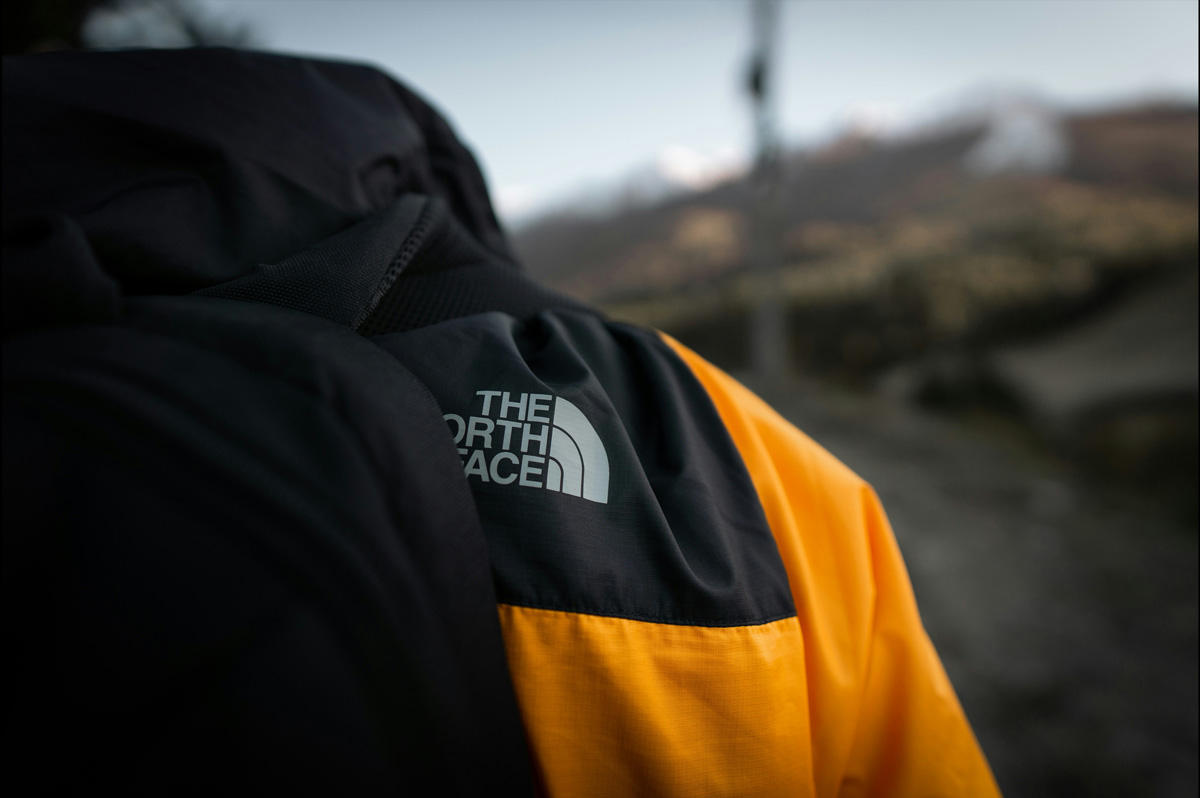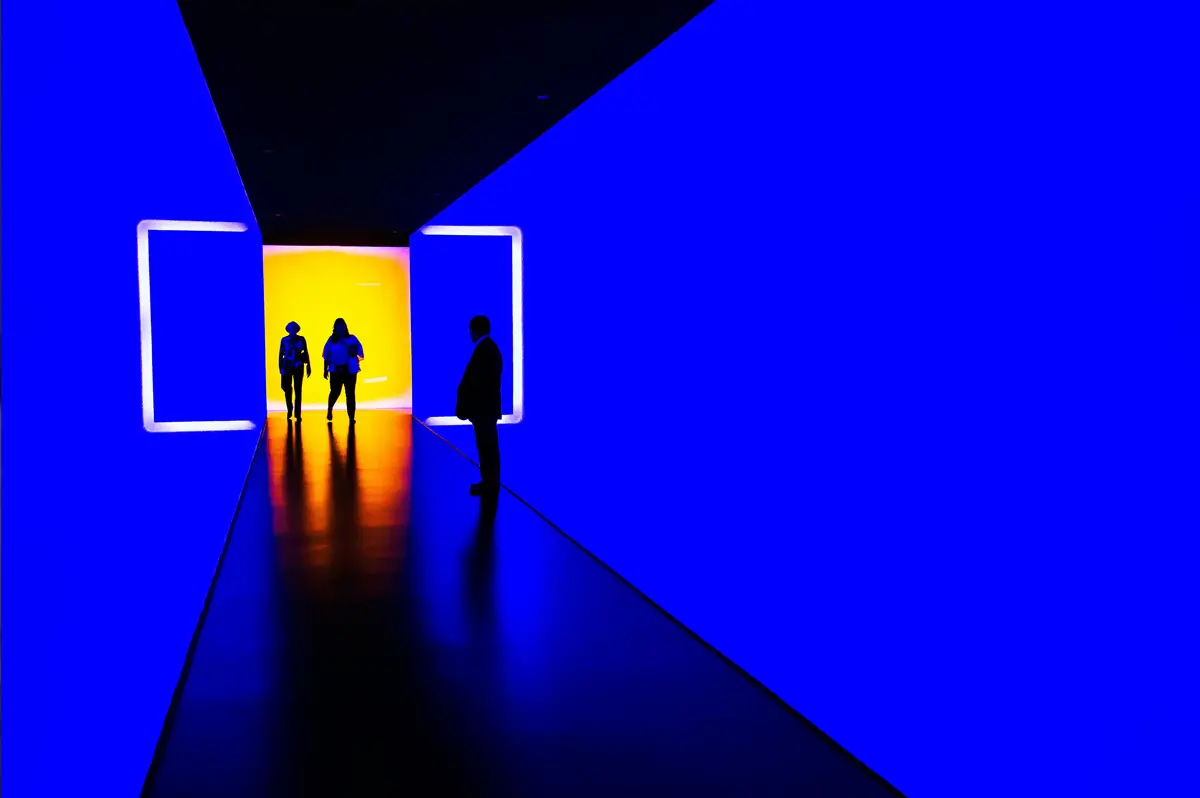The design process is a complex beast, often defying attempts to tame it into a predictable, sequential series of steps. Traditional models like the Double Diamond framework, introduced by the British Design Council, have shaped our understanding of design for over two decades. This model beautifully simplifies design into a four-step process: Discover, Define, Develop, and Deliver. These stages are then subdivided into six steps: empathize, define, ideate, prototype, test, and implement. Despite its elegance, the Double Diamond model, like other similar frameworks, may oversimplify the intricate reality of the design journey.
Today, I propose a fresh perspective on design as an Odyssey – a complex journey of unexpected twists, enriching insights, and transformative innovation.
The Double Diamond: A Simplified Picture of Design
The Double Diamond model has been instrumental in shaping our understanding of design. It elegantly splits the design process into four distinct stages:
1. Discover: Understand the market, the users, and the problem.
2. Define: Use insights from the Discover phase to clarify the design challenge.
3. Develop: Generate, evaluate, and refine solutions.
4. Deliver: Bring the solution to market.
This approach further subdivides the stages into six steps:
1. Empathise: Understand the users’ needs, emotions, and motivations.
2. Define: Clearly articulate the problem to be solved.
3. Ideate: Brainstorm a wide range of possible solutions.
4. Prototype: Create a tangible representation of the solutions.
5. Test: Validate the solutions with end-users.
6. Implement: Put the solution into practice.
While appealing in its simplicity, the Double Diamond model often creates an illusion of design as a linear and predictable process. It can unintentionally curtail the dynamism, ambiguity, and iterative nature inherent to design.











